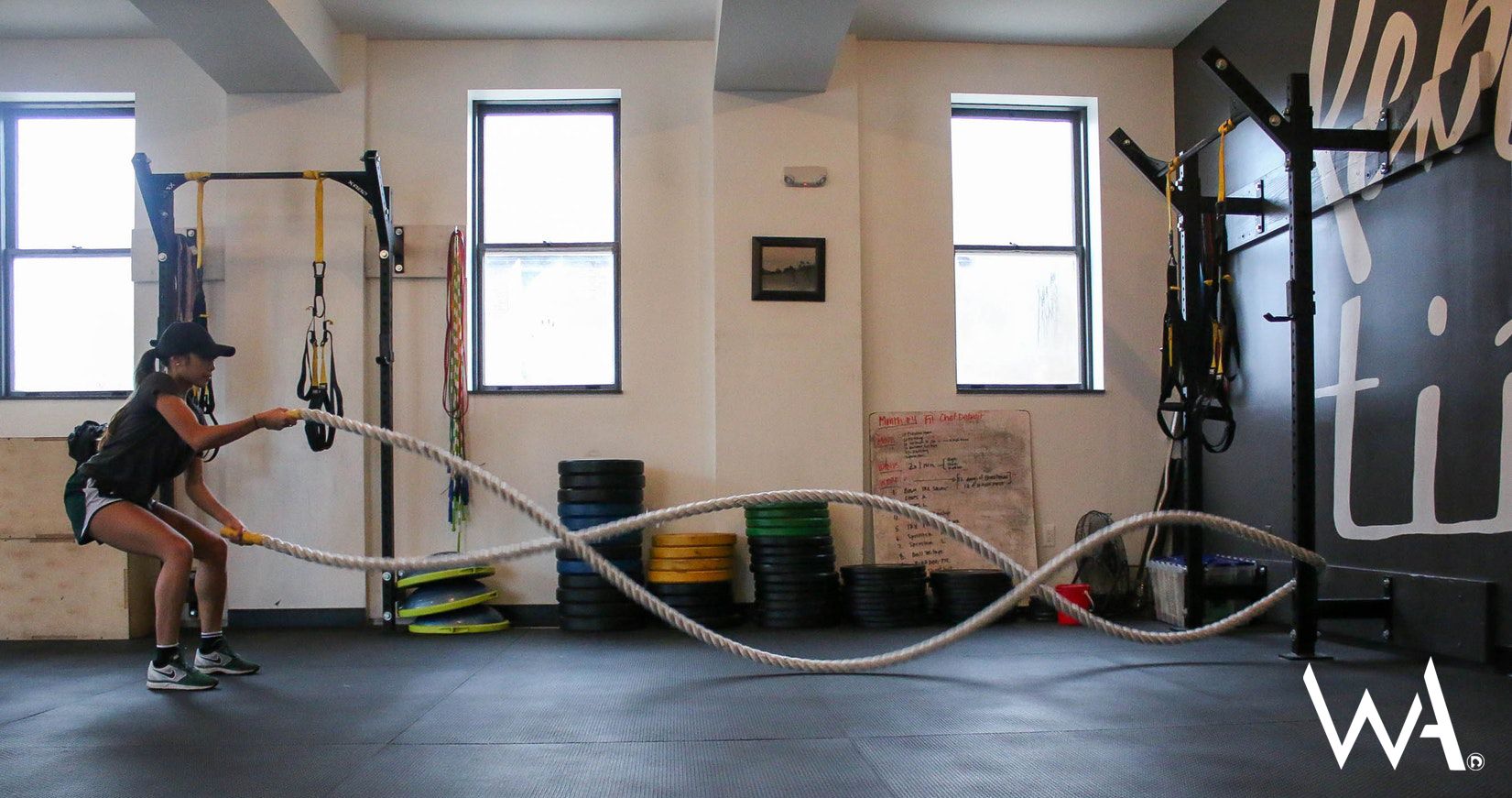
Although the concept of interval training appears to be growing in popularity creating a frenzy of exercisers across North America, it’s nothing new. We can thank the coaches, runners, and Olympic athletes of the early 1900s for paving the way to High Intensity Interval Training (HIIT). One of the strongest arguments for the popularity of HIIT programs is the promise of fast and effective exercises that offer quick results.
Presently, HIIT is one of the most popular programs offering participants a quick workout that strengthens both cardiovascular and muscular systems, as well as strength training. For those considering adding HIIT to their routine, there are a few things to consider before going crazy.
Time is the most popular reason given for not adding exercise into one’s schedule. It appears that work, family, and other extracurricular demands are sucking any extra time we have to dedicate to hours in the gym.
High intensity training over short intervals of time, offers an effective and efficient way of training. In addition, twenty minutes or less is all the time you need to increase muscular and cardiovascular strength while enjoying a bit of fat loss at the same time.
With any exercise regime, the rate of injury will increase; that’s a given. Unfortunately, due to the high intensities demonstrated by HIIT and CrossFit training, physiotherapists are witnessing a rise in injury rates as this training modality becomes more popular.
The American College of Sports Medicine, in 2014, warned that not only can injury rates increase through participation in HIIT but the results of high intensity training can lead to a rare but deadly condition known as exertional rhabdomyolysis. This occurs when muscle fibre breaks down and releases protein myoglobin in the bloodstream leading to serious kidney damage and potential death.
The challenge with many exercise regimes is the travel time necessary to get to the gym. High intensity interval training allows for the exerciser to workout anywhere at anytime. For someone too busy to dedicate hours of preparation and travel time to exercise, this is a huge plus.
Searching for exercise ideas and programs for strength training is now as easy as surfing the internet. There are a wide variety of websites and exercise blogs offering a large number of workout programs for the home, office, and the great outdoors. The challenge is weeding out the safe and effective exercises from those that don’t consider proper biomechanics and other safety concerns.
Con: this is no beginners workout
For the novice exerciser, HIIT needs to be taken into perspective. Not just anyone can jump into a HIIT program and expect to walk away in one piece. For those integrating exercise back into their schedule, it is imperative that slow progressions and a buildup in core strength, balance, and muscular and cardiovascular strength occurs first.
One of the best ways to get seriously injured and never return to exercise or strength training again is jumping in with both feet and no clue. It is important to access the expertise of a certified and educated personal trainer to obtain an exercise prescription with the long term goal of HIIT participation. If this is not possible, approach the HIIT program critically and opt out of doing the more advanced exercises until the necessary strength is developed.


